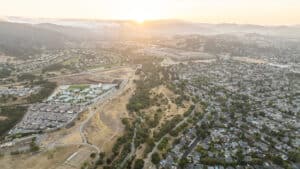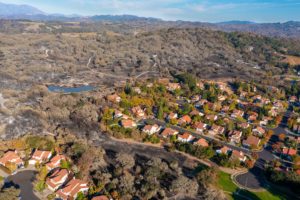Nearly 60 percent of people who work in Marin commute in from outside the county, farther on average than any other workforce in the Bay Area; most cannot afford to live near where they work.
Miles From Home is a report released by Live Local Marin, a special initiative of the Non-Profit Housing Association of Northern California (NPH), an affordable housing advocacy group, and Greenbelt Alliance.
Miles From Home: The traffic and climate impacts of Marin’s unaffordable housing finds that commutes to Marin have increased and traffic worsened as home costs have risen, all while Marin’s economy has shifted to lower-paying retail and service sector jobs, such as teachers, home health aides, childcare workers, and bank tellers. However, this shift in the economy was not matched by the creation of homes priced for moderate-wage workers. In fact, 77 percent of houses constructed between 1999 and 2006 were priced for households earning $80,000 or more per year. Only 11 percent of the county’s workforce can afford housing at that price. Over the next five years, it is projected that 65 percent of jobs created in Marin will be in low-paying sectors further widening the gap between supply and demand.



